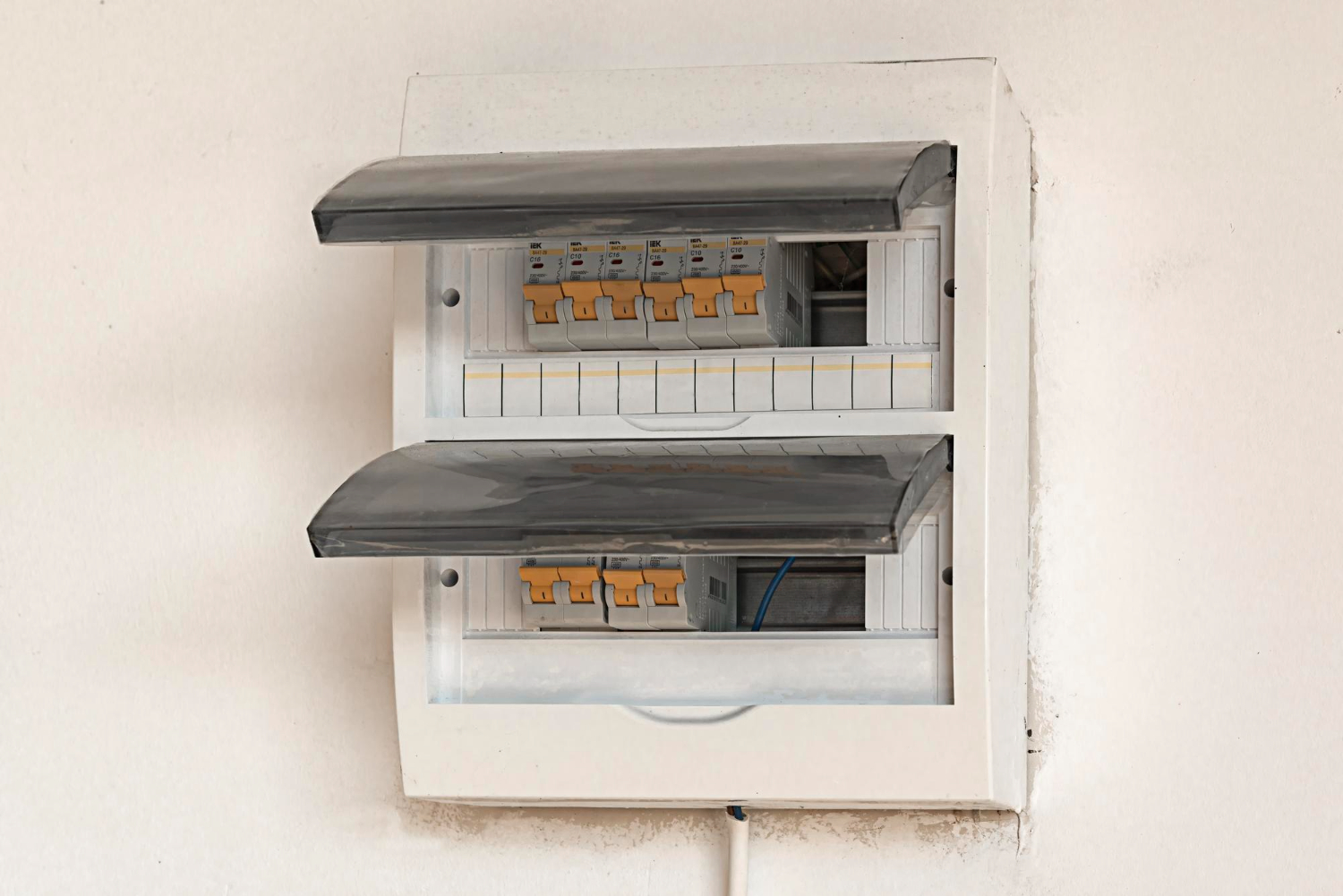HVAC Trends For Commercial Building Market
If you’ve been following the Daffan Cooling & Heating blog for the past year (and we thank you for doing so!) you’ve probably noticed we enjoy writing about tech trends we see emerging in the HVAC industry.
HVAC, with its mix of mechanical and electrical engineering, thermodynamics, and physics, really appeals to the geek in us!
So we’re always pleased to see when industry analysts confirm our observations about the direction the industry is going.
Today, we share with you information from global market information and analytics company IHS, which has released a new report highlighting HVAC trends for 2015, with a focus on the commercial building market.
Here’s a summary of IHS’ “Top HVAC Controls Trends for 2015”:
- HVAC controls will be increasingly integrated with other building systems, such as those that turn lights on and off and lock and unlock doors. As more and more building owners and managers adopt smart building automation systems, expect to see “synergy among disparate systems in hopes of achieving better efficiency.” An example is an HVAC system incorporated with access controls: When the first employee arriving to work for the day swipes their badge to open the door, then the HVAC system will kick in to adjust the temperature. And when the last employee swipes out, the HVAC system switches to a low-power mode for the night.
- More smart thermostats are coming! Smart thermostats–network connected and controlled by mobile devices–have low installation costs and offer quick efficiency benefits. That’s one reason IHS says they are being welcomed by owners and managers of small and midsize office buildings. One thing to keep in mind is that big, multi-story commercial buildings take more time and effort to integrate smart HVAC, so the ROI for those investments will take more time.
- Proprietary protocols will still be a possible management headache. Consumers want interoperability between smart building systems, but manufacturers are reluctant to open up their “walled gardens.” Anyone with a smartphone understands this–at some point, you had to choose between Apple iOS, Android, Windows or other operating systems. Building managers have to make the same decisions about their automation systems, sometimes committing big money to a protocol that may or may not be the right solution. IHS estimates that the percentage of controllers using proprietary protocols will only decline slightly, from 14.2% percent worldwide in 2014 to 12.6% in 2015. The dream of “seamless integration” between systems is not here yet.
- The data-connected grid will envelop buildings, grids, and cities. This is what everyone envisioned with the “Internet of Things”: smart buildings will share information with utilities’ smart grids, which in turn will share information with cities administrators and planners. Ideally, it will all result in major improvements in energy efficiency, infrastructure planning and maintenance, and overall cost savings for all. A classic example of this is a smart home’s laundry machine that turns itself on when energy is cheap (often at night) and less stressful to the grid (helping utility companies reduce maintenance costs).
- Regulations, regulations regulations. We’ve been blogging about this for a while now. This year, we’ll see new seasonal energy efficiency ratios (SEER) go into effect for air conditioning systems and new annual fuel utilization efficiency requirements for furnace systems. As we all know, the government continually pushes manufacturers to improve the energy efficiency of products. It can be a pain to adjust to new regulations of course (that’s the government’s “stick”), but it can balanced out by the government’s “carrot” (for example, rebates for installing solar-powered HVAC systems).










